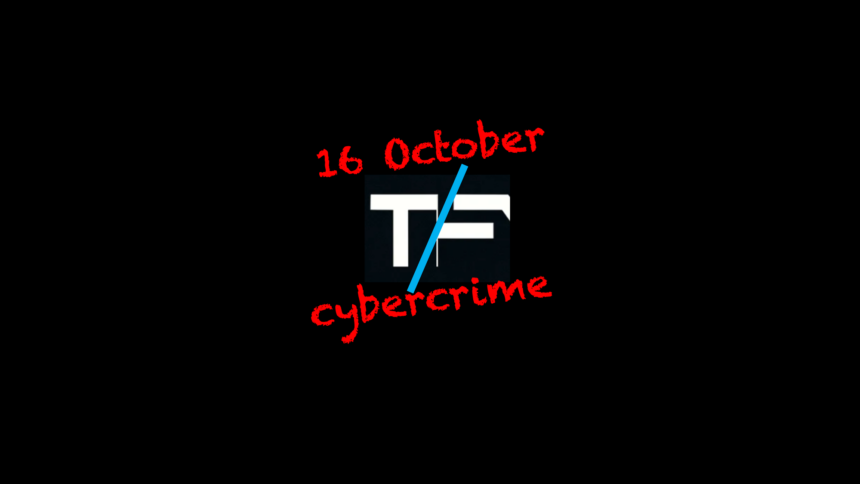DDoS Attacks, ATM Exploits, and the Resurgence of Old IE Vulnerabilities
Cybersecurity threats are ramping up globally, with cybercriminals using increasingly sophisticated methods to attack individuals, organizations, and infrastructure. Recently, multiple high-profile cyber incidents have surfaced, including crippling DDoS attacks, advanced ATM exploits using Linux malware, and unexpected hacks on dormant software like Internet Explorer.
Here’s a comprehensive look at the latest trends in cybercrime and what they mean for security.
What’s Happening & Why This Matters
Nation-State Cyber Attacks on the Rise
Microsoft reports a staggering 600 million cyberattack attempts daily, with a large portion driven by nation-state actors. Targeting critical sectors, these attacks focus on IT (24% of incidents), followed by education, research, and government institutions. Russian, Chinese, North Korean, and Iranian hacking groups remain active, using these platforms to test tactics and tools.
North Korean hackers, for instance, have been notably aggressive, targeting North America and exploiting cryptocurrency platforms, accumulating over $3 billion since 2017. Microsoft’s Tom Burt, VP of Customer Security, stated, “Cybercrime gangs increasingly collaborate with nation-state groups, exchanging tools and techniques.”
Iranian & Russian Targets Reflect Geopolitical Tensions
Cyber attacks often mirror real-world conflicts. Since October 2023, Iranian hackers have increased cyber activities against Israel, with 50% of their attacks directed at the nation after escalating hostilities. Similarly, Russia targets Ukraine and NATO member states, with 75% of their attacks over the past year focusing on this region.
Chinese-affiliated groups, including Volt Typhoon, have targeted U.S. infrastructure, while Salt Typhoon breached major telecommunications networks. These attacks reveal an uptick in cyber threats linked to geopolitical hotspots.
DDoS Attacks: Persistent Threats with Escalating Impacts
Distributed Denial of Service (DDoS) attacks continue to disrupt services worldwide, affecting companies such as Cloudflare, Microsoft, and the Internet Archive. Microsoft alone thwarted over 1.25 million DDoS attacks in the latter half of last year, underlining the challenge of maintaining service continuity amid these attacks.
Tech Impersonation Scams and Phishing Surge
Tech impersonation scams have surged 400% since 2022, surpassing the rise in malware (180%) and phishing (30%). Cybercriminals are increasingly mimicking well-known companies, including Apple and Meta, to deceive users into sharing sensitive information or money. Phishing emails, often embedded with malicious links, are the go-to method for attackers, though scams using QR codes and attachments are also common.
Internet Explorer Zero-Day Exploits & Malware Distribution
Despite its deactivation on most Windows devices, Internet Explorer (IE) remains a tool for cybercriminals. A North Korean group recently exploited an IE vulnerability in South Korea through a zero-day flaw, infecting users via malicious ads. The attack capitalized on the browser’s outdated components still embedded in Microsoft Edge, which left many unsuspecting users exposed. Researchers noted that IE’s lingering presence allows “zero-click” attacks where users inadvertently install malware without interacting with a malicious link. Microsoft patched this vulnerability in August, but the risk of similar exploits remains as IE components linger.
ATM Attacks with Newly Discovered Linux Malware
North Korean hackers have also turned to banking systems, deploying specialized Linux malware known as FASTCash to intercept ATM transactions. Exploiting weaknesses in ISO 8583, a common messaging standard in financial systems, hackers use FASTCash to alter transaction messages, allowing unauthorized withdrawals. FASTCash manipulates interbank communication channels, transforming declined transactions into approved ones at targeted ATMs, primarily through regional banking networks. This scheme has reportedly enabled North Korean operatives to target ATMs globally.
Legal Actions Against Tech Companies Over User Safety
A California judge recently ruled that Meta must face lawsuits over alleged teen addiction claims linked to Facebook and Instagram. This litigation follows complaints that Meta’s algorithms and user engagement tactics harm minors’ mental and physical health. The court’s decision marks a crucial step in holding social platforms accountable, especially for younger users. Meta, while disagreeing with the ruling, maintains it offers tools to help teens manage screen time.
TF Summary: What’s Next
Cybersecurity challenges grow with each new hack and exploit, forcing organizations and governments to stay vigilant. Microsoft and other major players continue to track and block cyber threats but face a relentless wave of sophisticated attacks. The persistence of Internet Explorer vulnerabilities, despite its official shutdown, and new ATM exploits show the lengths to which hackers go to exploit legacy systems and gaps in software security.
As more countries act to counter these threats, a collaborative approach among governments, tech firms, and cybersecurity experts remains essential to combat these evolving threats and safeguard digital spaces globally.
— Text-to-Speech (TTS) provided by gspeech


